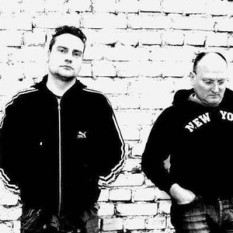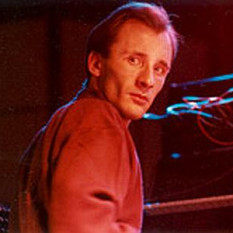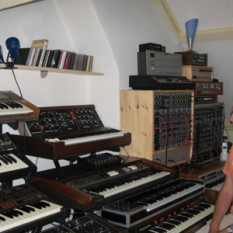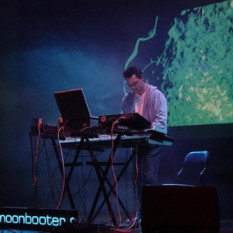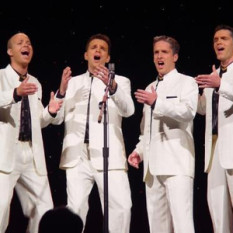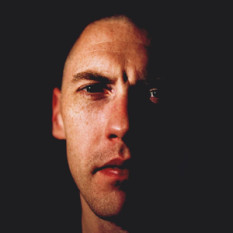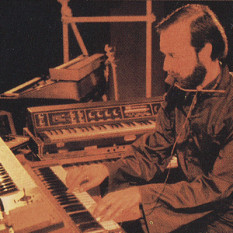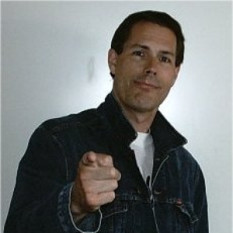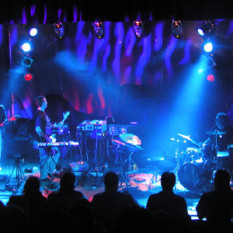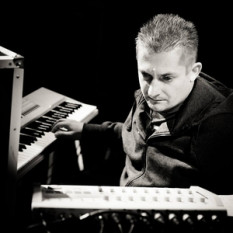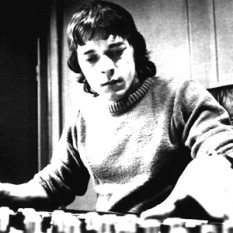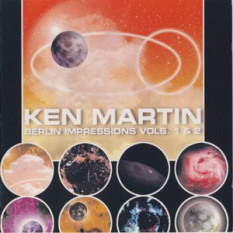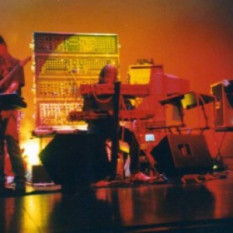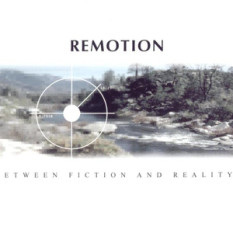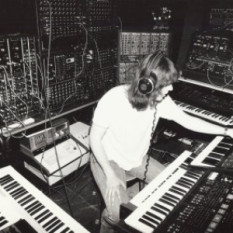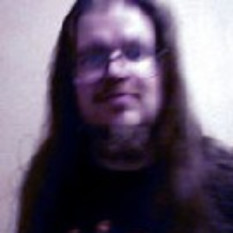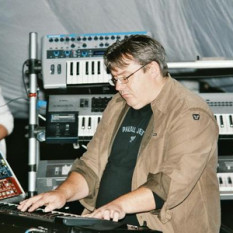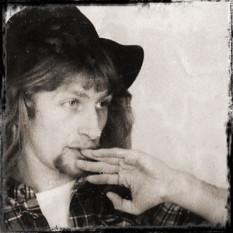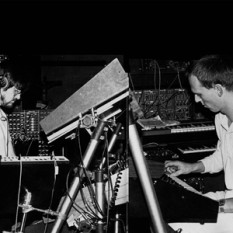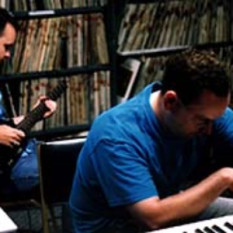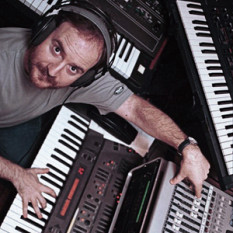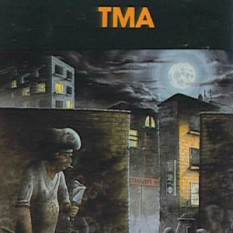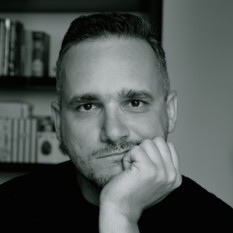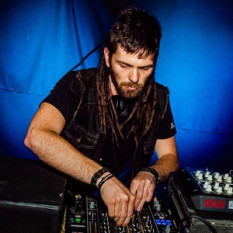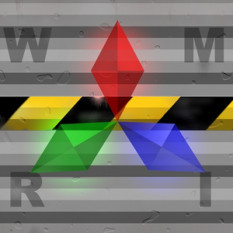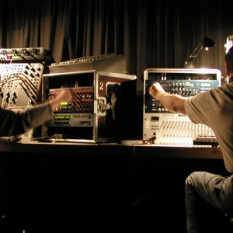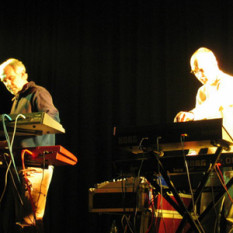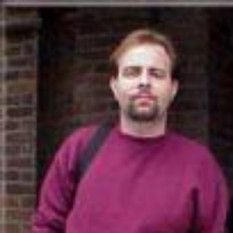The Berlin School of electronic music, or just Berlin School, was a development of electronic music in the 1970s, shaped by Berlin-based artists like Klaus Schulze, Tangerine Dream and Ashra. The style is characterized by soaring electric guitar or synthesizer melodies in high-register accompanied by complex, shifting analog sequencer bass lines. The lead soloist's warm, human improvisations were a counterpoint to the cold, robotic precision of the bass-lines. Sound effects such as wind, and washes of Mellotron choir, flute, or strings were often added for color. Experimental or ambient stretches were not rare either, especially as intros. Most works were instrumental, vocals were used sparingly.
Vintage Berlin School tracks typically ran about twenty or thirty minutes, filling one side of a vinyl LP. The genre was so thoroughly identified with the long form that a general shift to shorter pieces in the 1980s seemed to herald the death of the movement. After the coming of the compact disc "retro" artists were no longer limited by the need to flip over a vinyl record. Some newer works run continuously as a single track for almost 80 minutes.
An outgrowth of Krautrock, Berlin School was so named because most of its early practitioners were based out of Berlin, Germany. The genre's identification with space music made it distinct from the more percussive and rhythm-oriented Düsseldorf School which included Can, Cluster, Kraftwerk, and Neu!.
Berlin School was and still is a relatively self-contained style that has not had nearly the impact on music in general that Kraftwerk has had on synth pop and techno, but ambient, electronica, New Age, and trance are partially rooted in Berlin School. The genre is sometimes considered a sub-branch of New Age or ambient, though it predates the widespread usage of both terms. .

